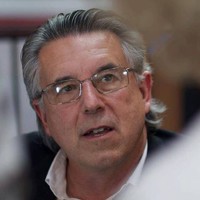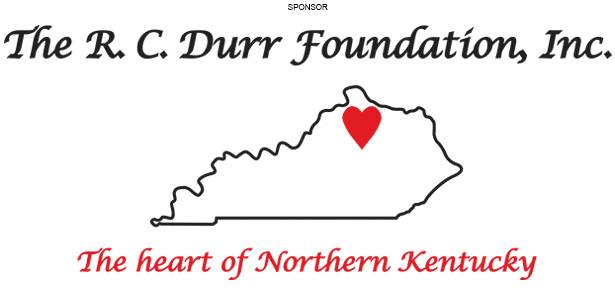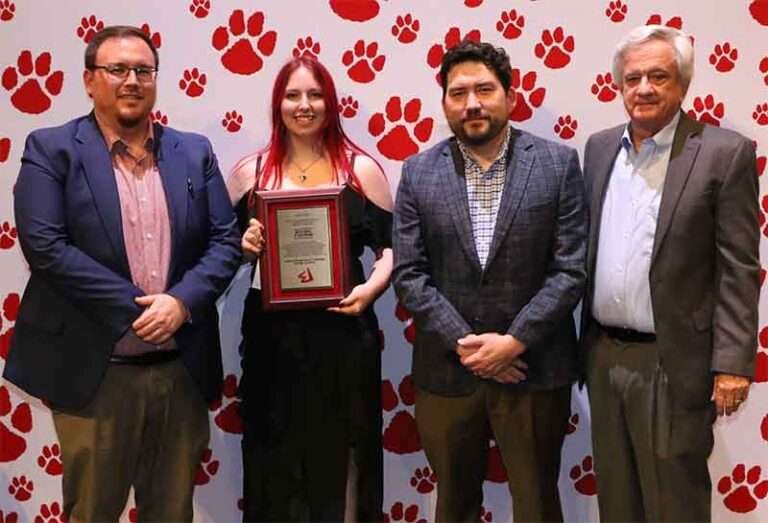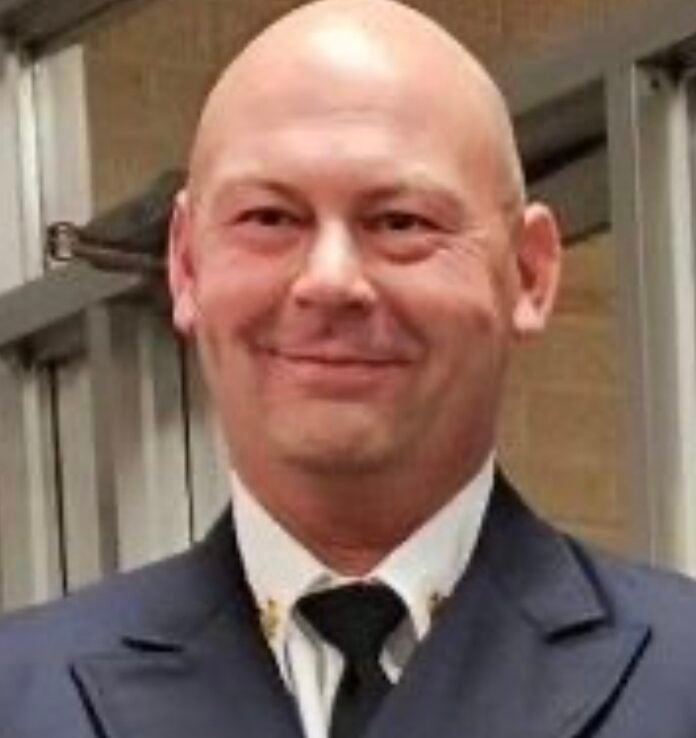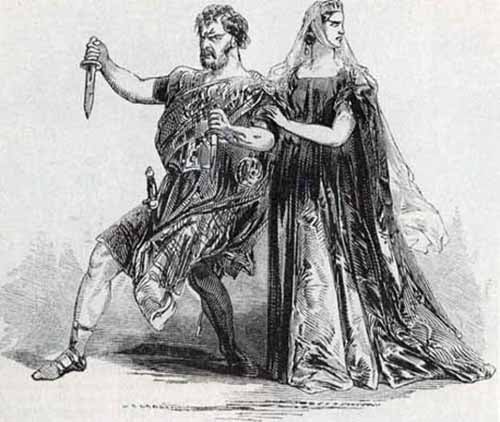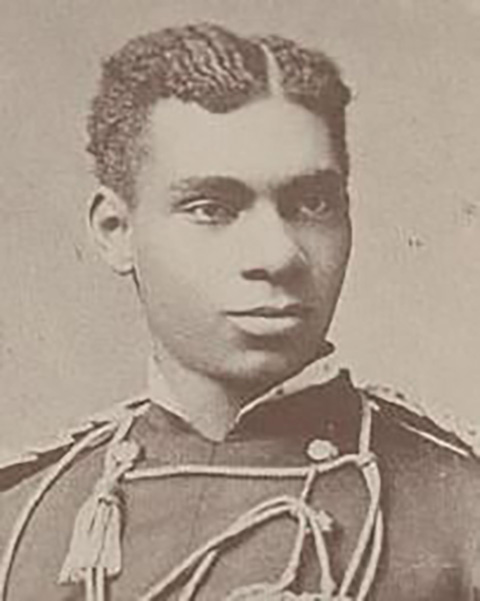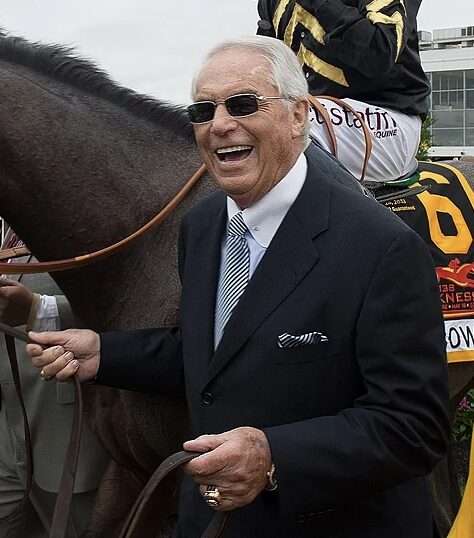By Steve Flairty
NKyTribune columnist
The words “broad form deed” are, for many people from Eastern Kentucky, nasty ones. Often associated with such words is the name John C.C. Mayo, who is known as the creator of the document and made lots of money from using it.
But first, the term needs defining. According to the Kentucky Law Journal, volume 60, issue 3, the broad form deed — from hereafter I’ll call BFD — was “the instrument used in Eastern Kentucky at the turn of the century by coal companies to sever the mineral estate from the surface estate.”

The definition is a bit vague because it doesn’t mention anything about the human cost of the transaction. A small amount of money was paid for the mineral rights on a landowner’s property. For “land poor” owners, the payment and opportunity to keep ownership of their property might have seemed quite appealing. This is what Mayo, a native of the region, promoted, and he aggressively bought up obtained mineral rights, mostly for the coal, using, at first, his meager earnings from being a teacher in the town of Paintsville.
Interestingly, he learned about the rich abundance of coal and other minerals in the region while a college student at Kentucky Wesleyan, then in Millersburg. For Mayo, knowledge became power.
In time, the process made Mayo a rich man. And though landowners received some cash they might not have otherwise, there was the matter of damage to the landscape when the land was mined. The BFD was wide in scope, giving mineral owners little or no penalty for damage done in the process of mining. During the period of the origin of Mayo’s BFD in the early 1900s, most coal extraction mining in practice was of the shaft type, a method of basically drilling down deeply under the ground surface. But in time, strip mining, where the soil and rock overlying a coal seam, called overburden, are removed to reach the coal, became widespread.

As has been documented, the process of strip mining has been, and is, highly controversial in Eastern Kentucky. Over the years, much land has been damaged and left disfigured, waterways dirtied, and floods created. Mayo’s BFD was slanted heavily toward the interests of the mineral rights owners, and little could be done to force coal operators to be careful and/or clean up the destruction delivered on the mountain landscapes of the area. That said, the landowners signing the deeds and giving up mineral rights tended, at the time of Mayo, to be poorly educated, often unable to read. They could well have been exploited . . . is that what Mayo did? One might easily get that feeling considering the circumstances.
And though court decisions and statutory changes have brought some more favorable conditions to landowners over the past decades, books, and songs—and demonstrators– tell stories of ill consequences to the life quality of the region, largely starting with Mayo and the broad form deed.
But on the other hand, here are some items that paint a more favorable opinion of Mayo. He brought industry and jobs to the mountains and got railroad companies to lay track. He advocated, according to explorekyhistory.ky.gov, for “good schools, good roads, and good churches.” He brought the first paved road in the Sandy Valley to Paintsville and established the Sandy Valley Seminary (later Mayo College and Mayo Vocational School). He also built the Mayo Memorial Methodist Church and helped organize the first bank in Paintsville.

Realistically, the information I’ve supplied in this piece is but a bare smidgeon, and so it would not be fair to draw strong conclusions based on the overall “rightness” of Mayo. A quick look at the web site, aroundpaintsville.com, gives community member Mayo much credit for improving the economy in the town and around the area, going so far to say that the native Eastern Kentuckian “had the vision and the tenacity to make coal king in the mountains.” Perhaps so.
Another view, however, might be suggested after reading Harry Caudill’s classic book, Night Comes to the Cumberlands or by viewing Jerry Deaton’s documentary, Harry Caudill: A Courageous Man, though neither discusses Mayo specifically. It is a fact that much of the riches that coal brought to the mountains was funneled out of the state to corporations and other entities, not directly helping Kentucky. Both sources wax eloquently, and regretfully, on environmental destruction.
John C.C. Mayo… hero, villain, or somewhere in-between? I lean a little towards the negatives of the man but the whole question behooves more research. At this point, I’ll leave conclusions to those more knowledgeable than me.
